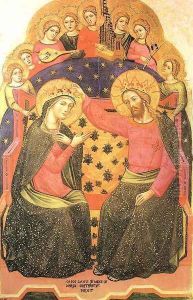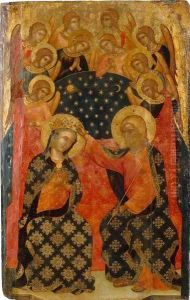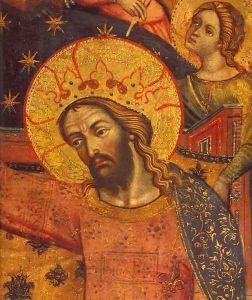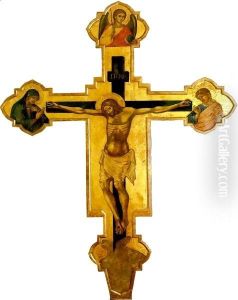CATARINO Paintings
Catarino, also known as Catarino Francesco, was an Italian painter of the Renaissance period, born around 1530. His life and career were primarily centered in Venice, a vibrant hub for arts and culture during the Renaissance. Despite the scant documentation on his early life, it is believed that Catarino was influenced by the Venetian school, particularly by the works of Titian, whose coloristic brilliance and innovative compositions were dominant in Venice during the mid-16th century. Catarino's contributions, however, remain somewhat overshadowed by the more illustrious figures of his time, such as Titian, Tintoretto, and Veronese, making detailed accounts of his life and oeuvre less accessible than those of his contemporaries.
Catarino specialized in religious themes, a common practice among artists of his era, who often received commissions from the church and the aristocracy. His works are noted for their vivid colors and expressive figures, embodying the Venetian tradition's characteristic luminosity and chromatic richness. Despite the overshadowing fame of his contemporaries, Catarino managed to carve out a niche for himself in the competitive art world of Renaissance Venice.
His artistic legacy, though not as extensively documented or celebrated as that of the leading lights of the Venetian school, contributes valuable insights into the period's visual culture. Catarino's paintings, some of which still adorn the walls of Venetian churches and institutions, serve as a testament to the diverse and rich tapestry of Renaissance art in Venice. He passed away in 1576, leaving behind a modest but significant body of work that continues to be studied by art historians aiming to piece together a more comprehensive picture of Venice's artistic landscape during the Renaissance.




